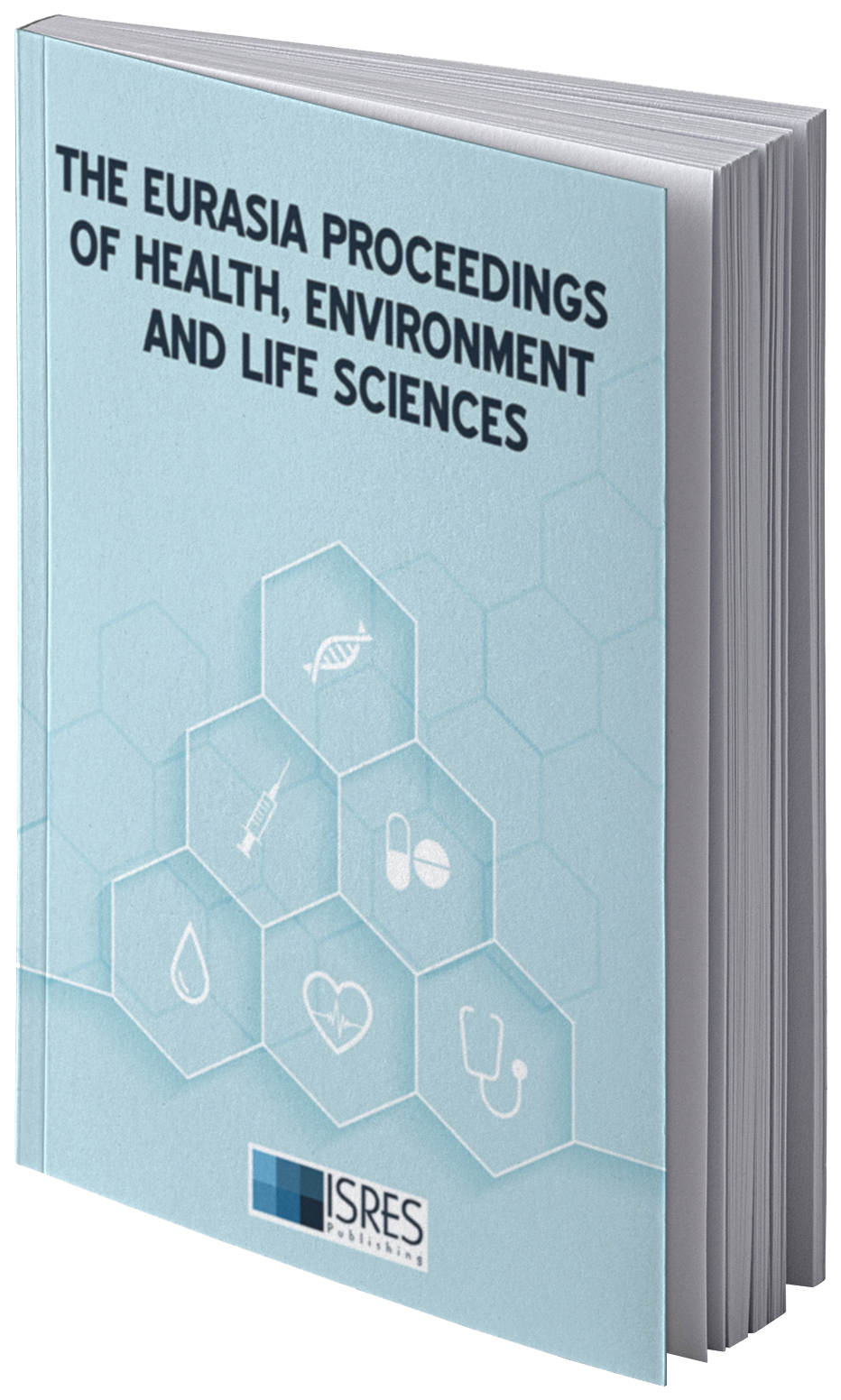Cytotoxic Activity of Onobrychis Megataphros Leaf Extract
DOI:
https://doi.org/10.55549/ephels.109Abstract
This study aims to determine the cytotoxic effects of Onobrychis megataphros plant leaves. Therefore, firstly, the O. megataphros samples included in our study were collected from Şanlıurfa and the surrounding areas (Siverek-Hilvan) during the vegetation periods between 2021-2022. The surface parts of the plants were dried in the shade, in the open air, and then pulverised to a suitable size with the help of a scale mill. The plant material was extracted three times separately with methanol at room temperature. After filtration, the samples were subjected to methanol extraction in Soxhlet apparatus for 6-8 hours. The extract was then filtered with Whatman blue band filter paper and evaporated at 40°C to remove the solvent. The cytotoxic activity of plants is associated with the presence of bioactive compounds such as flavonoids, alkaloids and saponins. Studies have shown that these sustances have anticancer effects by inducing apoptosis that inhibits cell proliferation and preventing angiogenesis. In our study, the cytotoxic activity of Onobrychis megataphros was investigated. The focus of our study is to fully understand the mechanisms underlying the cytotoxic activity of O.megataphros and to determine its potential as a therapeutic agent in cancer treatment. In vitro cytotoxicity experiments that were carried out in the laboratory, PC-3 prostate cancer cell line (CRL-1435) was obtained commercially from ATCC. Cytotoxic activity of the O.megataphros was detected with MTT (3-4,5-dimetiltiyazolil2,5-difeniltetrazolyum bromid) test. The results have shown that the sample has not decreased vitality in all cell tests. The vitality was 100%. In conclusion, O. megataphros is a promising plant as a natural source of cytotoxicity with potential anticancer activity, and further research on this topic may contribute to the development of new cancer therapies that are both safe and effective.
Downloads
Published
Issue
Section
License
Copyright (c) 2024 The Eurasia Proceedings of Health, Environment and Life Sciences

This work is licensed under a Creative Commons Attribution 4.0 International License.
The articles may be used for research, teaching, and private study purposes. Any substantial or systematic reproduction, redistribution, reselling, loan, sub-licensing, systematic supply, or distribution in any form to anyone is expressly forbidden. Authors alone are responsible for the contents of their articles. The journal owns the copyright of the articles. The publisher shall not be liable for any loss, actions, claims, proceedings, demand, or costs or damages whatsoever or howsoever caused arising directly or indirectly in connection with or arising out of the use of the research material. All authors are requested to disclose any actual or potential conflict of interest including any financial, personal or other relationships with other people or organizations regarding the submitted work.



